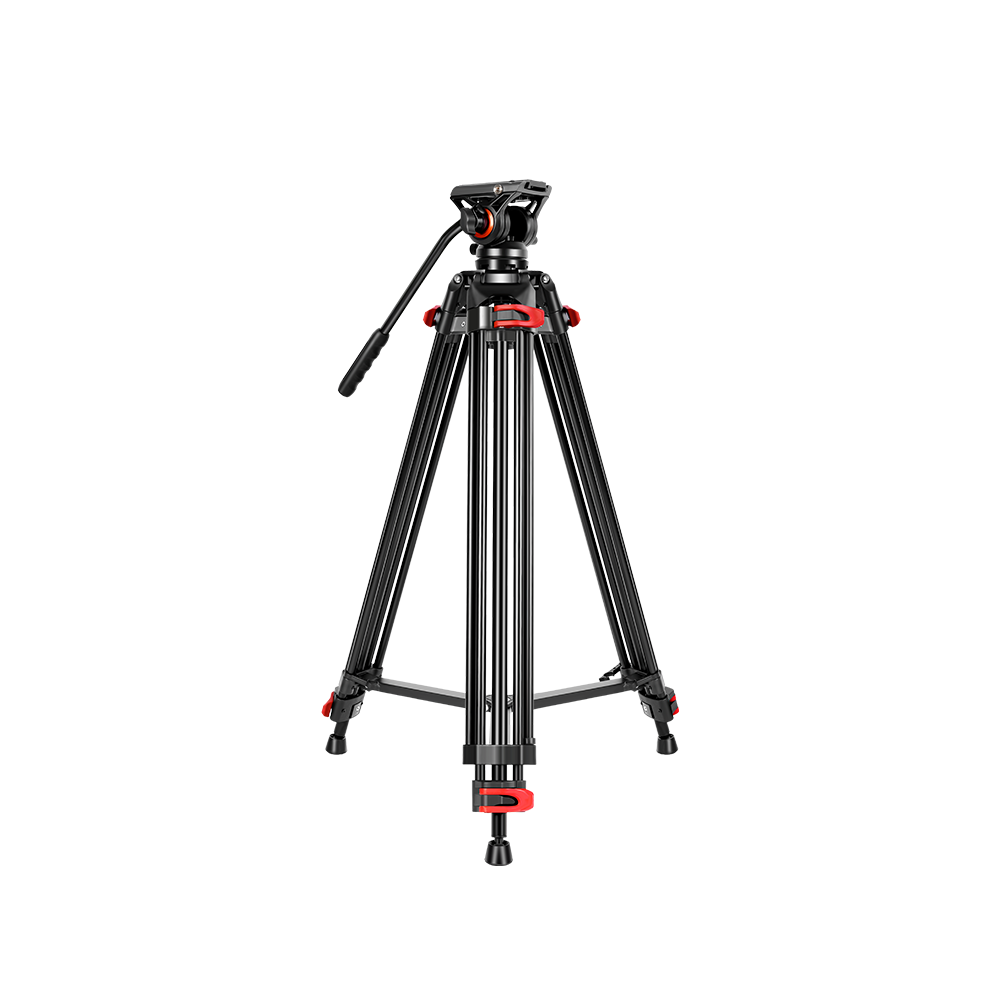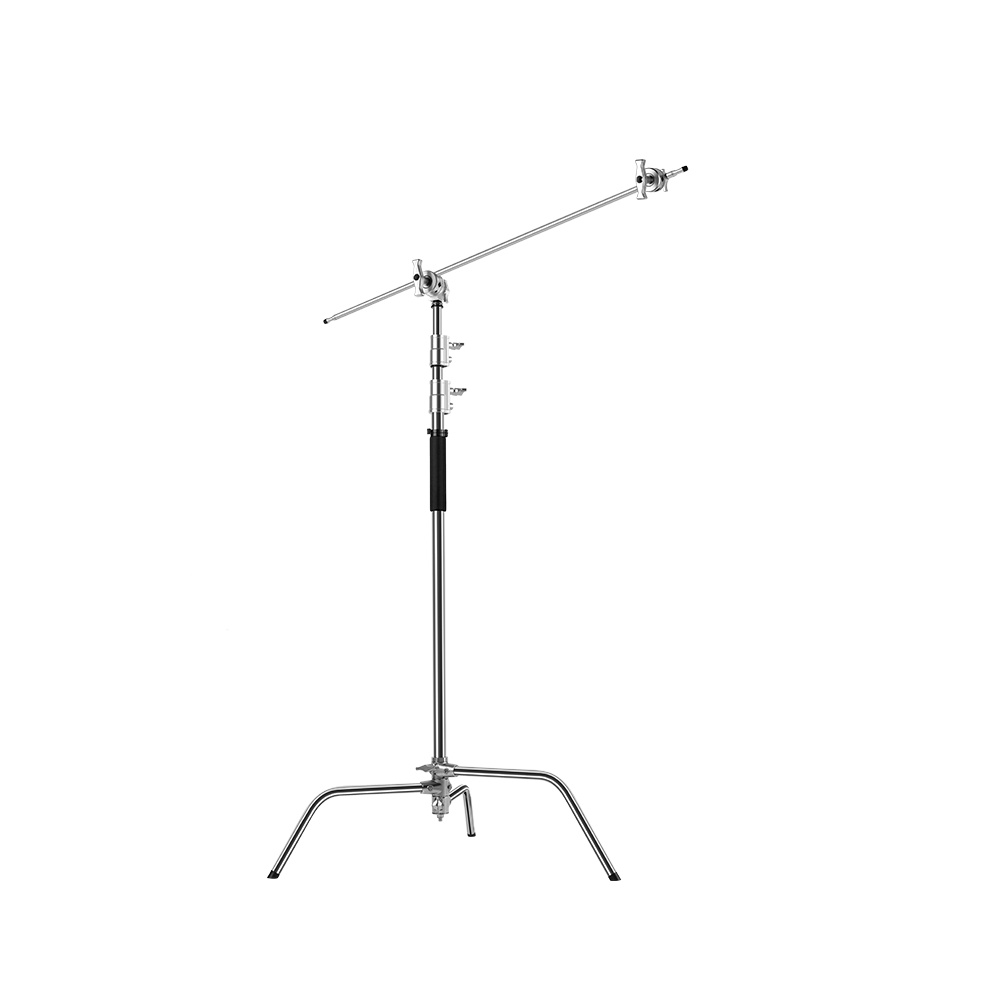Balance in photography
Balance is a more complex concept, it can be that the opposite aspects are equal or equal in quantity or quality, it can also be that the weights on both ends of the balancer are equal, or it can be between two or more opposing forces or processes. A state of equilibrium that does not produce any acceleration or net change, etc., it has many meanings. And in photography, balance is a way of composing an image so that all elements complement each other. Create visual tension or harmony, resulting in pleasing images. Incorporating balance into your image composition can involve many different elements: color, light and shadow, texture, visual weight, proportional placement, symmetry, depth of field, negative space, and more.

The importance of balance in photography?
When we talk about balance in photography, it covers many different elements, both physical and abstract. For example, you can balance different textures, colors, or lighting and shadows in a scene. But you can also juxtapose concepts such as freedom and inclusion. However, the principle behind balance in photography is always the same; it means creating the same visual weight within your frame. Balance can be harmonious, where all elements are equally present and form an aesthetically pleasing whole – symmetry is a good example. Images may have visual tension due to imbalance.
Types of Balance in Photography
There are many different examples of balance in photography. Many people think that balance is mostly about symmetry, but that’s far from the truth. There are many ways to balance a scene without having to make them look exactly the same. Take a look at the best options as a novice photographer and try them out the next time you’re walking around the city or taking a long drive in a car.

1、symmetrical balance
Symmetrical balance, also known as formal balance. Because of the harmony projected by mirror images, we naturally tend to find symmetrical things attractive, which is why we seek symmetry for balance, which is often the first thought we consider when balancing.

Symmetrical balance can be presented both horizontally and vertically. For example, you can create a perfectly balanced image, reflect a skyline in a river or lake, or photograph vertically symmetrical buildings.
Or, in architecture, most buildings are symmetrical, and it is easy to shoot a symmetrical and balanced effect by looking for the center point.
In addition to horizontal and vertical symmetry, pay attention to diagonal and rotational symmetry, where the image is mirrored diagonally on the frame, or can be rotated around its axis and still look the same.
2、Asymmetrical balance

Asymmetrical balance, or informal balance, refers to the fact that different objects, or in the case of negative space actually nothingness, are used to create a sense of balance in a scene. Here you can use contrast size and numerical weight to cancel each other out. In some photos (in fact, many photos), some level of imbalance is necessary. In order for a scene to have movement and tension, your composition almost has to be such that the scene is not exactly equal from side to side.

For example, there are several stones of different sizes and shapes in the picture, placed opposite each other vertically, horizontally or diagonally in the picture. Although they are different, it is this difference that provides the necessary balance throughout the scene.
3、Color balance

Color balance is an effective form of balance used in images. Color has a big impact on an image. When color photography came along, it had a huge impact on photography. Being able to see bright colors instead of monochrome is very different.

You can contrast two different colors. Why are seaside photos always so tempting? This is because of the contrast and balance between the sand and the sea and sky. In addition to using complementary colors to balance your scene, you can experiment with subtle and more vibrant shades against each other to create an offsetting effect.

In addition to color balance, you can also achieve balance in monochrome. See how light and shadow work together in a scene, creating areas that contrast with each other while forming a whole at the same time. When you work with color or tone balance, always keep in mind the theory of negative space: or how to balance something with nothing.
4.Light and shadow balance

Light and shadow are the necessary opposing elements of photography. If you have light, there will generally be shadows. When present together, it adds dimension to your subject, they become physically circular elements, and have a stereoscopic visual effect even when they are viewed in plan. Contrast and tonal differences make the image more dynamic and interesting. Contrast comes from the difference between the amount of light and shadow in an image. More contrast also expands the tonal range of the image, which can look very flat when it’s too similar.
Tips for Creating Balance in Photography
Balance is primarily about creating a composition that is pleasing to the eye, as objects, tones, and colors have the same visual weight in your shot.
1.Contrast
It’s not about things that look the same, it’s about them feeling the same in some way, even if they’re different. Balance is about the contrast between light and dark, big and small, one and many (usually one big and many small), rough and smooth, loud and calm, vibrant and neutral, etc. Look for compliments, for peaks and valleys, for the completion of the whole.
2.look for lines

For example, lines can help you balance a scene somewhat as a divider between light and dark, or rough and smooth. But they can also work by drawing the eye into a scene and moving from one element to another with which it balances.
3.Feel the texture

Texture can create smooth and rugged looks, as well as different feel, and in this way provide a unique sense of balance. Using textures and patterns in a photo naturally draws attention and helps balance the rest of the composition. When using this technique correctly, keep in mind that the fewer elements there are, the easier it is for them to balance. When composing your shot, consider any unnecessary elements, reducing the content of the frame to its essential parts can make this photo your favorite.
GVM recommends a light and easy-to-use photography light for you:

This is a two-color temperature spotlight with a small and light body, which can be moved and hand-held. It can also be fixed in position, and can be used directly by plugging in the battery. It is very convenient to go out and shoot, and it gets rid of the inconvenience and space limitation of traditional photographic equipment. troubles.
With LED screen display and stable system, the interface operation is very simple and easy to learn. Adjustable brightness, light mode, light parameters, etc.

Small body, high power
With 80W of powerful power lumens reaching 11300lux/0.5m, it provides high-brightness light source output to meet the lighting needs of various scenarios. 0-100% stepless dimming, more precise and easier to adjust. The SD80 is equipped with a fixed angle handle on the side, and the lens angle can be freely set. Use in combination with a diffuser to soften the light.

APP intelligent control
The APP controls the light, and 8 light effects such as lightning, candlelight, and light bulb can be freely adjusted to inspire more creative inspiration.














.png?fit=108%2C67&ssl=1)